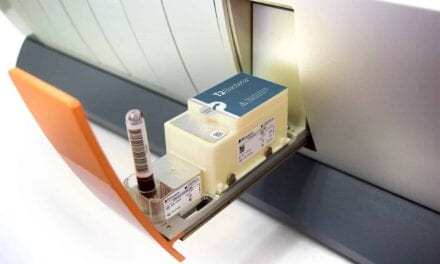This is a companion article to the feature, “Horizons in Point-of-Care Testing.”
Rapid testing at the point of care holds clear benefits for cases where the test results are immediately actionable, such as emergent cases or transmissible infections. However, clinics also stand to benefit by using POC testing for routine checkups or wellness visits.
From a workflow perspective, scheduled visits enable clinicians to provide a standing order for lab tests such as lipid or metabolic panels. Rather than requesting that patients go out of their way to have blood drawn by a central lab in advance of the visit (and risking the possibility that the test results will be unavailable at the time of the visit), a nurse or assistant can take a capillary sample and begin the test when the patient presents at the clinic.
This practice is more convenient for both providers and patients, improves patient compliance with prescribed testing protocols, and reduces the data management burden on office staff. Results from the POC test are available during the exam, and can be incorporated with other findings to develop a comprehensive care plan—including prescriptions, referrals, or counseling—before the patient leaves the premises.
For physicians, this practice can allow a cleaner transition from case to case and eliminate the mental and workflow burden of later callbacks. The resulting improvements in room turnover and patient satisfaction and retention can be considerable for large and busy practices, but must be weighed against the cost of POC testing equipment and consumables. So long as reimbursement can cover direct costs, the benefits of POC testing are driving more widespread use.




